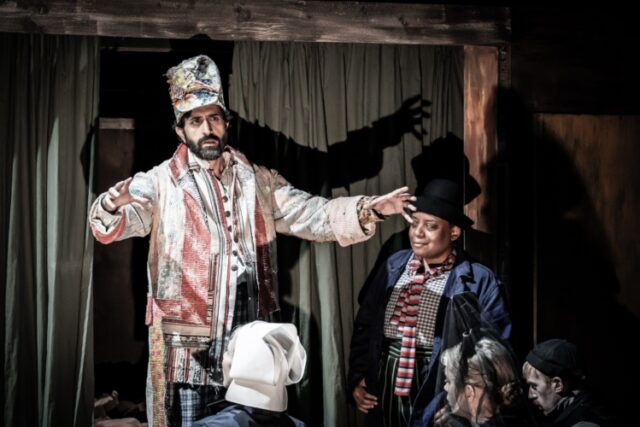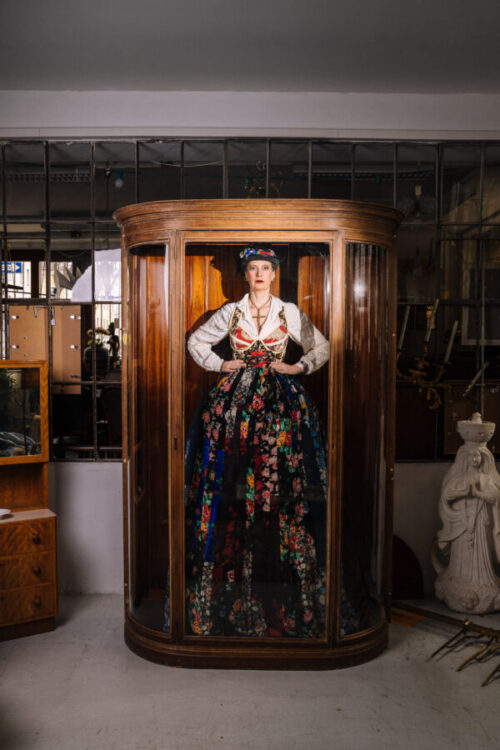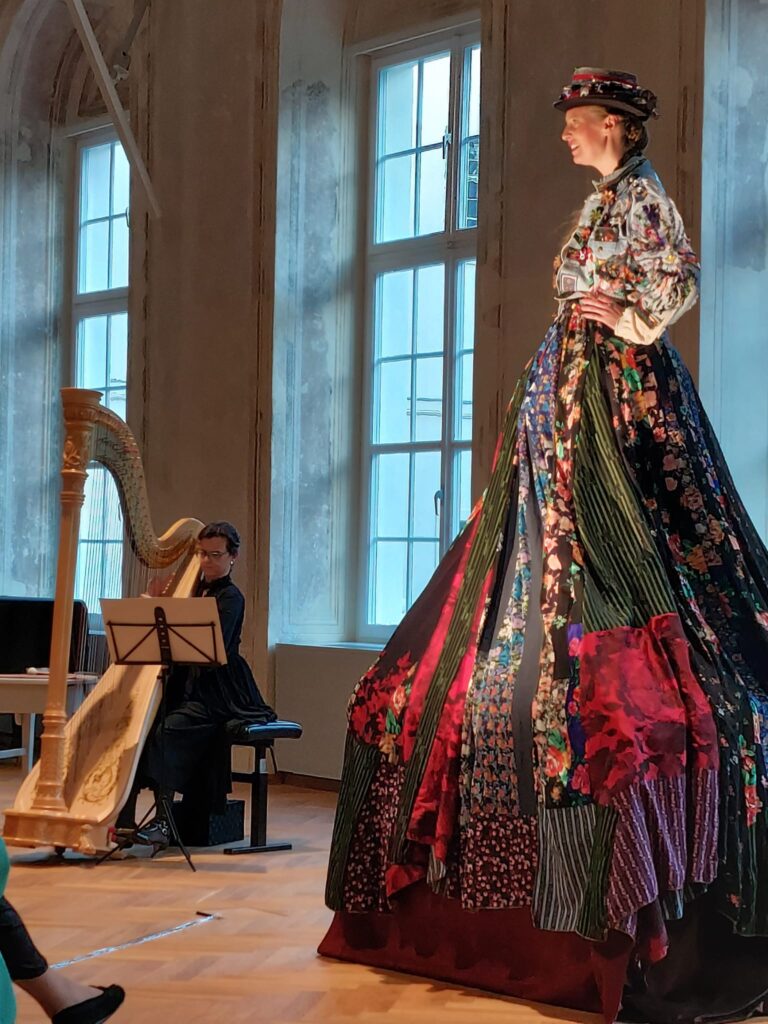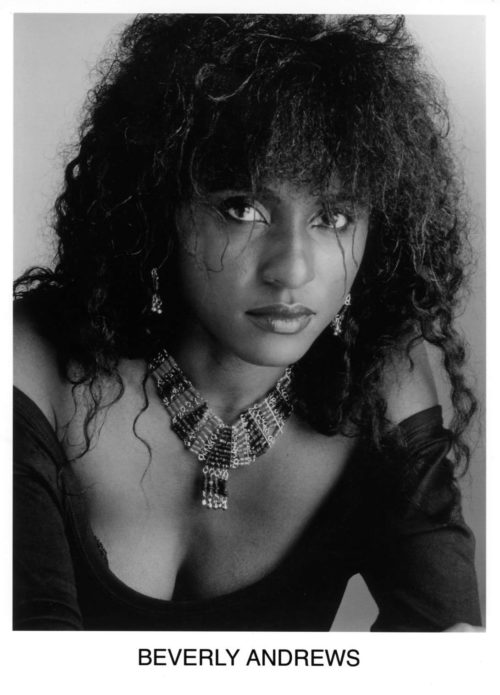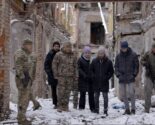The opera Giant
Medicine is littered with moments of advancement based on knowledge gained though dubious means. Modern gynaecology is a case in point as Dr J. Marion Sims is credited with founding the first hospital in America dedicated to the care of women and for pioneering surgical procedures, which benefited the lives of generations of women around the world. Yet recently it was discovered that his medical knowledge was gained through conducting successive operations on enslaved women without the use of anaesthetics. A statue which was put up to honour his achievements has recently been taken down, since of course he operated without consent, something which was impossible to get since the women he operated on were his property. The idea of consent is very much at the core of visionary composer Sarah Angliss’s new opera, which opened this summer’s Aldeburgh International festival. The opera Giant explores the life of Charles Byrne, a 17th century Irish giant who grew to be at least over 7 ft ((2.31 m), although there are some who say now he was even taller. The opera explores his troubling relationship with surgeon John Hunter, who befriended him and offered to help him in return for his body after his death. A prospect Charles Byrne found terrifying. The opera explores the question of consent, and asks at which point should a doctor’s basic humanity, override his desire for medical advancement.
The opera is set between the curiosity show (or freak shows which they were dubiously called at the time) in which Charles Byrne travelled and made his living and Dr John Hunter’s laboratory where he obsessively dissected the bodies of those brought to him, seeking to understand the secrets he felt their corpses contained. Upon meeting Charles, he offers to help ease the obvious discomfort his extraordinary height has caused him, but the young man sensed correctly at the time that this offer came with conditions attached and he was right. The help was meant to be in exchange for his body something Charles Byrne did not intend to agree to.
The opera, written for five voices and through the use of 18th century instruments tells this haunting tale beautifully. There are moments at which you feel you are watching a bewitching heart-breaking fairy tale where the wicked witch is simply medical science. Poet Ross Sutherland’s libretto does indeed take you inside this strange tug of war where you may condemn Dr Hunter’s intentions but can also understand the forces which drive him. Angliss’s score is masterful at eliciting sympathy for them both, and their sung phrases vividly suggest dimensions within both their characters.
There are moments, at which too the opera seems to reference David Lynch’s Elephant Man. Another tale about a young man, Joseph Merrick in that case who too was born with genetic disorder, found himself to be a “freak” show curiosity until rescued by a kindly doctor and allowed to live the remainder of his life in a London hospital. It’s interesting to note that although the doctor who helps Joseph Merrick live out his life in relative comfort, still upon Merrick’s death allowed his body to be dissected and preserved ignoring Merrick’s wishes for a proper burial.
The opera Giant, would make a wonderful companion piece to Penny Black’s beautiful play Mariedl: Selfies with a Giantess which looks at Charles Byrne’s female counterpart, Maria Fassnauer (Mariedl) born roughly a century later in South Tyrol. She too grew to an enormous height. But there the similarities end since Fassnauer appears to have had a far greater degree of agency in her life, something Byrne would have envied. Touring Europe, she made an enormous sum of money and even received a marriage proposal and it seems was buried intact. Unfortunately, for Charles Byrne despite all the precautions he took during his life to have his body buried in a lead coffin in water John Hunter intervened and paid an enormous sum for his corpse and his skeleton remained on display until 2015 when it was, finally taken down. Reading about the tragedy of his life in the same week that a young similarly tall Asian basketball player was recently signed, to play for the NBA one would like to feel that society has moved on. Those who are born different have much more control over their lives. And this young basketball player will of course make millions of dollars and become a household name. There will of course not be a sinister doctor waiting to cart off his body upon his death. Then though I stop myself and ask won’t people still be paying enormous sums to stare, just not in a freak show but a basketball court instead. Still not seeing him, because of his difference, as a fully-fledged human being. He of course won’t be denied a proper burial and put on display, but his image will be used to sell T-shirts around the world. Are we really all that different now?
- Black Queer Voices
- Opera Singer & Singing Coach: Helen Astrid
- Opera like you’ve never known it
- A Touch of Shiatsu – An Oriental Approach to Bodywork and Well-being
- Crash Landing On You: A Wonderful Korean Soap Opera
